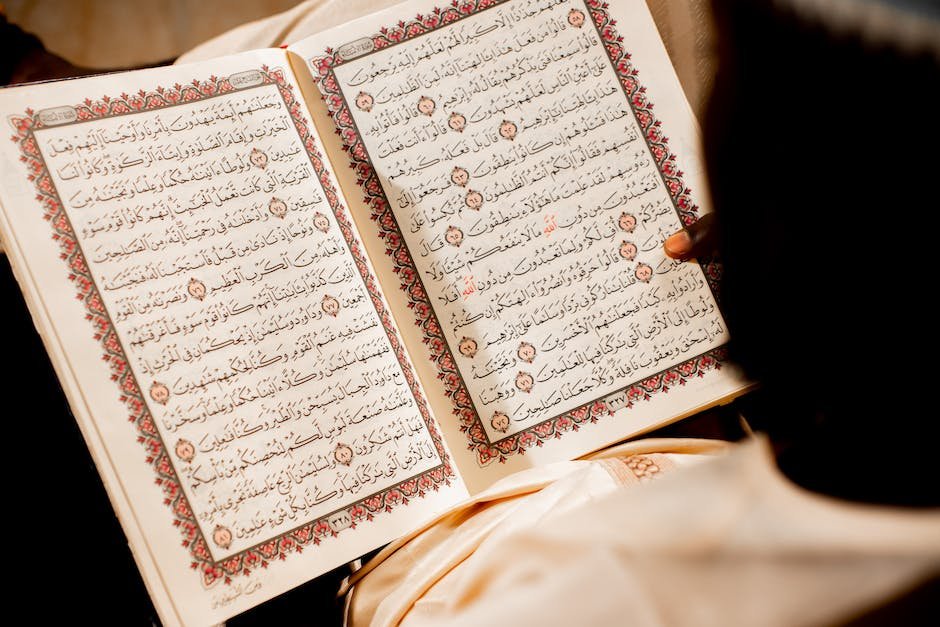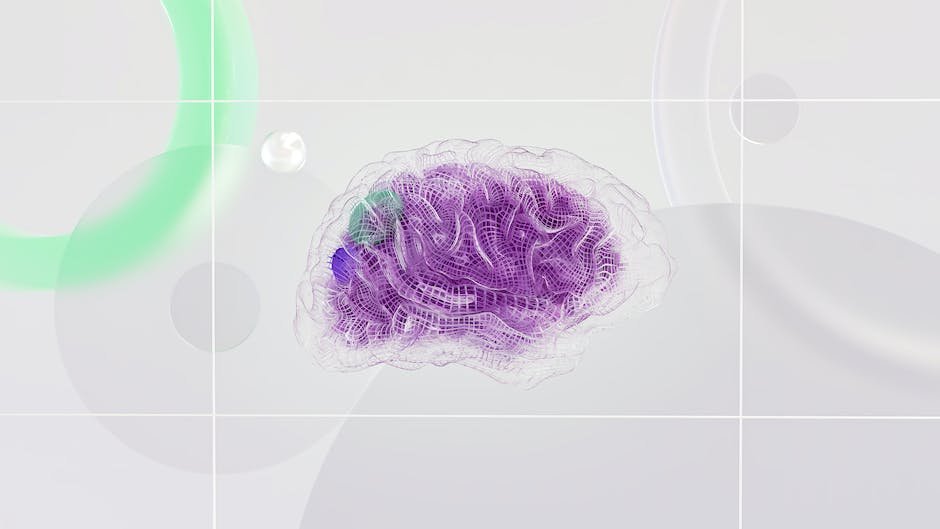Advancements in Artificial Intelligence have irrevocably transformed various aspects of our lives, and now, a similar revolution is sweeping over the world of image creation. Central to this transformation is the OpenAI image creator – a state-of-the-art technology that seeks to bridge the gap between human imagination and digital reality. This powerful AI tool lends itself to numerous applications, challenges existing norms, and bears implications for the future of digital art and design. From dissecting the inner workings of this novel image creation tool to exploring contentious discussions around AI and creativity, the journey will dig deep into the intriguing world of the OpenAI image creator.
OpenAI Image Creator: An Overview
OpenAI’s Image Creator: A Revolutionary Leap in Deep Learning
As technology continues to evolve at an astounding pace, so does the world of artificial intelligence. OpenAI’s image creator, DALL-E, is a testament to the progress this sector has seen in recent years. As a tech enthusiast, you’d be particularly intrigued by how this machine learning model brings a radical transformation in the field of image generation.
Built on GPT-3’s transformer language model, DALL-E is designed to generate images from textual descriptions, a process that stands at the intersection of AI creativity and deep learning. However, the mechanism of how DALL-E functions is both fascinating and complex, and to grasp the game-changing impact, it’s crucial to explore the fundamentals of its system design.
DALL-E uses a two-part process that involves encoding and decoding. The encoding process breaks down the textual inputs into tiny, interpretable pieces. For instance, if you input ‘a two-story pink house shaped like a shoe,’ DALL-E disassembles this into individual components that are digestible for the system.
Post encoding, the decoding phase begins where these snippets are transformed into a coherent image. During this phase, DALL-E employs the transformer model, giving input to the model thousands of times until it creates a plausible image correlating to the description. Given that the primary function of transformers is to handle sequential data, it gives DALL-E an edge in generating high-fidelity images that match the textual description.
What sets DALL-E apart from other AI-based models is its ability to create highly specific, novel images. If asked to generate a never-before-seen image, like an armchair in the shape of an avocado, DALL-E can produce that too. It’s capable of demonstrating not just object translation but also attention to nuanced instructions about the rendering. This precisely generates a new level of flexibility and autonomy in deep learning algorithms.
Another limitation that DALL-E overcomes is in grasping abstract concepts. The probability-based approach enables DALL-E to translate even metaphorical phrases into concrete visuals. This not only showcases human-like cognitive abilities but also opens up new possibilities for vivid, inventive image generation.
Technological innovations like DALL-E set a critical precedent in the AI industry, reshaping the potential of machine learning and revolutionizing the future of content generation. While there are considerations about its ethical implications and use, there is no ignoring the remarkable advancement that OpenAI’s image creator signifies. As it continues to mold the landscape of deep learning, DALL-E serves as a shining beacon of innovation and technological achievement. So, as we continue to navigate the future of AI, the potential seems as limitless as the technology driving it.

Bridging Imagination and Reality: OpenAI Image Creator’s Capabilities
Expanding on the Marvels of OpenAI’s Image Creator – DALL-E
Continuing from where the discussion left off, OpenAI’s DALL-E serves as a prime testament to the revolution currently unfolding in the AI industry. This advanced AI model not only demonstrates the unlocking potential of deep learning but also adds a unique flavor to the mix—its awesome capability to conceptualize and create images.
DALL-E underscores its ingenuity through a model architecture called Transformer— a machine learning model that understands sequence, be it order or language. It proposes an innovative technique significantly different from the traditional methods of building image generators. Effectively, DALL-E shifts the paradigm with its Transformer baseline, a welcome departure from often-used Convolutional Neural Networks (CNNs).
Beyond just translating text prompts into related images, DALL-E delivers finely tuned results, recognizing and including the nuances in prompts. It can generate an array of versions based on a single prompt, catering to the wider imagination. This aspect significantly ups the creative quotient in AI and pushes DALL-E into unchartered territories.
Yet, what makes DALL-E stand out is the exceptional blend of creativity and practicality. It’s not unusual for this AI system to generate surrealist artworks from text inputs that might seem absurd or impossible. This uncanny metaphoric creativity reflects its prowess of imagination, harnessing a deep understanding of objects and their representation.
DALL-E is not perfect, but with fine-tuning, OpenAI’s model can perform with a higher consistency rate than current levels. Moreover, while a ‘creative artifact‘, DALL-E not only creates images but also highlights how language is strongly tied with the process of human-like creativity, showing potential for the AI to become an indomitable tool in the creative industry. Its capabilities could very well transform industries like advertising, gaming, movie production, and design, serving not just as a tool but a collaborator.
Finally, while the introduction of an AI like DALL-E triggers an exciting era, it does stoke conversations about handling AI systems ethically. After all, the ability of sophisticated AI to generate deepfakes or manipulative images poses serious implications. Hence, OpenAI’s commitment to not just innovation but responsible AI development deserves commendation.
As the proverbial tip of the AI iceberg, DALL-E is a compelling symbol of where we are headed. Bridging the gap between language and image, fantasy and reality, this AI model reins in a new league of creativity — one that’s kindled by technology and fuelled by imagination. So, buckle up tech enthusiasts; the journey with AI is only getting started… and it’s set to be exhilarating.

The Intersection of AI and Creativity
Artificial Intelligence has been making waves in the tech industry, and OpenAI’s DALL-E is the new darling on the scene. With its transformative capabilities that push the boundaries of creativity, it’s proving that AI is more than just codes and algorithms — it could wear the creative hat too.
One might question how creativity, typically the domain of humans, can be redefined by AI. Fondly referred to as ‘AI Art,’ this innovative amalgamation of technology and creativity uses complex algorithms and machine learning capabilities to create artwork that’s uniquely captivating. DALL-E is a shining example of this AI creativity, as it goes beyond simple reproduction of input prompts to creating entirely new and unique images that have never been seen before.
Of notable interest is how DALL-E’s transformer architecture differentiates it from typical image generators. Traditional generators operate based on pre-existing templates and a rigid set of guidelines, resulting in a limited scope of output. DALL-E, on the other hand, uses its transformer-based structure to allow for a free flow of creative generation, taking a simple textual prompt and transforming it into vivid and diverse images.
Continuing on the transformative theme, DALL-E’s capability to generate various images from a single prompt showcases an impressive blend of creativity and practicality. No two images are alike, demonstrating DALL-E’s proficiency in generating truly unique images that are high-quality and far beyond simplistic redraws of existing concepts.
Not to be overlooked is DALL-E’s potential applications which extend beyond the realm of ‘just art.’ By applying this image creation technology, fields like advertising could revolutionize their concept ideation process. Similarly, the gaming industry and movie production could leverage DALL-E to create novel, engaging content, pushing the boundaries of storytelling and visual effects. Designers, too, could benefit from DALL-E, using the model to inspire new designs and concepts.
It’s clear that OpenAI’s DALL-E holds promise that extends far beyond its artistic capabilities. However, in this new world of AI art, ethical considerations should not be overlooked. Responsible AI development will play a crucial role, particularly surrounding issues of intellectual property, plagiarism, and the need for transparent creation processes to ensure fairness and authenticity.
Looking ahead, AI models like DALL-E could redefine the boundaries between language and images, between imagination and reality. This artistic AI leap signifies a deepening relationship between technology and creativity, opening up new possibilities in which AI doesn’t simply copy or augment human creativity, but actively contributes to it. Welcome to the new era of AI redrawing the lines of creativity. We can’t wait to see where this journey takes us next.

Challenges and Future Prospects of OpenAI Image Creator
Though OpenAI’s DALL-E has undoubtedly transformed the way we perceive Image Generation AI, it does face a few significant challenges in its quest for perfection. Top among these hitches is the issue of complete creative control. In the hands of a non-discriminating user, DALL-E could potentially churn out inappropriate content that conforms to the user’s description but contradicts acceptable societal standards. The generative AI’s autonomy, thus raises red flags for misuse and manipulation.
Secondly, DALL-E often struggles with comprehending the intricacies of complex prompts. Take, for instance, the bridging of language and representation. DALL-E occasionally defocuses from features that are considered starkly prominent by human interpretation standards. Properly training DALL-E to align its perception with human vision and expectation is a complex task that OpenAI must continually pursue.
Notwithstanding these challenges, OpenAI has charted an impressive roadmap for DALL-E’s future development. Their first aim is to improve the understanding of DALL-E’s model to allow better control over AI systems in general. The objective is to evolve the technology to respond appropriately to complex and nuanced directives from users and ensure it does not produce harmful outputs.
An additional step forward is set to be the democratization of benefits. The ultimate plan is to avoid over-complicated system-personalizations and instead direct efforts towards making sure that as many people as possible can take advantage of DALL-E’s capabilities. OpenAI has also committed to soliciting public input in its deployment policies and default behaviors where possible.
Lasty, OpenAI aims to make DALL-E’s technology as transparent as possible. The intended outcomes are systems that are not just easy to use but also understandable in their operation and results. This manageable complexity aspect is crucial to OpenAI’s vision of embedding its AI in everyday society.
In conclusion, with the committed pursuit of these advancements, OpenAI’s image creator DALL-E seems poised to overcome current limitations while redefining the boundaries between language and images and between imagination and reality.

The journey exploring the OpenAI image creator accentuates both its potential and the hurdles it faces. Unquestionably, the technology is revolutionizing image creation by pushing the boundaries of what AI can achieve in crafting intricate, realistic imagery. However, amidst technological triumphs, it is pivotal not to overlook practical, technical, and ethical challenges. Building a future where AI tools like the OpenAI image creator can smoothly integrate into our digital and creative lives would require a careful examination of these pain points and addressing them meticulously. And yet, as we steadfastly iron out these kinks, the potential of such tools continues to inspire. The OpenAI image creator, with its continuous evolution, stands as a testament to the exciting path of disruption and innovation AI holds for our future.




